There is no dog owner who has never heard the word 'clicker'. The many advantages are well known and are used very effectively in training by most dog owners.
What is a clicker and how is it used?
A clicker is a type of firecracker. This device makes a loud clicking sound after pressing on the right point. It is used in dog training to make your dog understand that he has done something well and will immediately receive a reward for it. You mark your dog's positive behavior in order to achieve effective training success.
Often the housing of the clicker is made of plastic and inside there is a metal spring that creates the noise. We have a more sustainable alternative to plastic clickers: the metal clicker No. 470 from ACME .

In general, training with a dog clicker goes like this: You do an exercise with your dog. When he has successfully completed the exercise, you click on your clicker and then reward your four-legged friend. Of course, you can also be happy and praise your dog with your voice.
The primary advantage of the clicker is that you can confirm much more precisely. You can also click while your dog is doing an exercise. For example: If you want your dog to do the 'turn' trick, you can also click at the moment when your dog has turned around and is looking at you again. This way he doesn't have to come to you for confirmation.
The click is also possible if your dog has moved a little away from you. It always sounds the same and so your woofy can always understand the noise.
Is there an alternative to the clicker? Yes, marker words!
Yes, the simplest alternative is to condition a marker word. I've been using 'Yes' as a marker word for Fynn for some time now. The functionality and training method is the same as with the clicker. The only difference is that you use your voice instead of the clicker.
So I use 'Yes' in any situation where others use their clicker. This is easier for me than having to carry the clicker with me everywhere. Plus, I have my hands free at all times. The voice as a marker word has one disadvantage: a word is not always free of feelings. Your dog can tell by your tone and pronunciation whether you are really happy about the exercise or are just saying it because you have to. This is how you can influence your dog unconsciously. Positive, but unfortunately also negative. I always try to pronounce the word the same way, but of course I don't always succeed.
You therefore have to decide for yourself whether you would rather take a clicker with you or use your voice as a marker word.
7 good reasons for clicker training
Many dog trainers and owners love clickers for many reasons. Here are my top 7 reasons for training with a clicker.

1. Easy conditioning & handling
The clicker is easy and quick to condition. The operation of all commercially available clickers is also very simple. You simply click on the button or metal part of the clicker. This means that the clicker makes a loud noise that your dog can easily hear even over long distances.
2. Small & easy to transport
You can put a clicker in any pocket and have it ready immediately. During training, the clicker is simply attached to the wrist with a hand strap. This way you never lose him. This small device also fits in any pocket and takes up almost no space.
3. Pinpoint reward
With a short click you can confirm your dog in the best possible way, or make it clear to him exactly which behavior you find positive. You can also mark/click individual steps in one movement. This way you can also promote voluntary movements and learn great tricks with your dog.
4. Faster training progress through clear communication
By communicating accurately with your dog, you can make faster progress. This is a small 100% rule, but it happens often. Since your dog always knows exactly which behavior you perceive as positive, he can repeat this behavior more often and will be rewarded even more by you.
5. Rewards can be reduced
Some people only click once. This click also marks the end of the exercise. I click several times during an exercise and mark successful intermediate steps. This way I can reduce the number of treats as the exercise progresses because my dog knows that he has carried out part of the exercise correctly. This means I no longer have to interrupt the exercise to reward my dog. Or I can do several exercises in a row and not have to reward each one individually.
6. Precise confirmation also possible from a distance
Since the click can be heard even from long distances, you can always give your four-legged friend positive confirmation. Even if he is far away from you. I like to use my clicker on the towline. I can click here as soon as my dog turns around and comes running to me. He quickly understood that I liked having him closer to me.
7. Always the same sound, without emotion
The consistent sound makes the reward as understandable as possible. Emotions always resonate when you praise with your voice. This is often a good thing, but sometimes it can be fatal. The click is initially emotionless and is positively associated with the condition. This way the sound becomes positive for your dog and he starts to expect a reward after the sound.
As you can see, training with a clicker is a great thing and has many advantages. As an alternative to a clicker, you can also use a word. Words that are not used in everyday language are suitable for this purpose. For example, I use 'Yes'. I can say that quickly and it's not always used around me.
In 4 steps to effective clicker training - clicker conditioning
It's best to start training indoors. I put a few treats next to me and bring my dog over. He can sit, stand or lie down. That doesn't matter at all. But make sure you don't have any treats in your hand. Otherwise your dog will only fixate on the treat hand.

Step 1: Click, then treat
As soon as your dog is with you you can make the first click. In the beginning, try to reward your dog as quickly as possible after hearing the noise. This is how your Wuffi can best associate the treat and the click.
Repeat the click approximately 10 times per session. In the beginning I 'practiced' with Fynn about 3 times a day.
Step 2: Switch hands and variable rewards
Make sure you keep changing hands while clicking. Your dog shouldn't get used to a food hand. It's best to keep your rewards for your Wuffi unpredictable. The only thing your dog can rely on is: Click - then food.
The same goes for how you reward. Don't always hold the treat in front of your dog's nose. Always take turns. Sometimes you put it in front of your dog, sometimes you throw it behind your dog, then behind you again. This will keep your four-legged friend more motivated and focused on the task.
Step 3: Check whether your dog has understood
After two or three days I checked whether Fynn had already made the connection between the noise and food. I clicked in a moment when Fynn wasn't looking at me. Since he immediately looked at me and waited for his reward, I knew he knew exactly what to expect.
If this is not the case for you, just continue with the exercises. Check it again and again and your dog will quickly understand it.
Step 4: Start your training
Now you are ready to use a clicker in your training. You can use the clicker to 'capture' desired behavior or announce a reward.

We hope you enjoy training.
Have fun,
Finn & Maggie

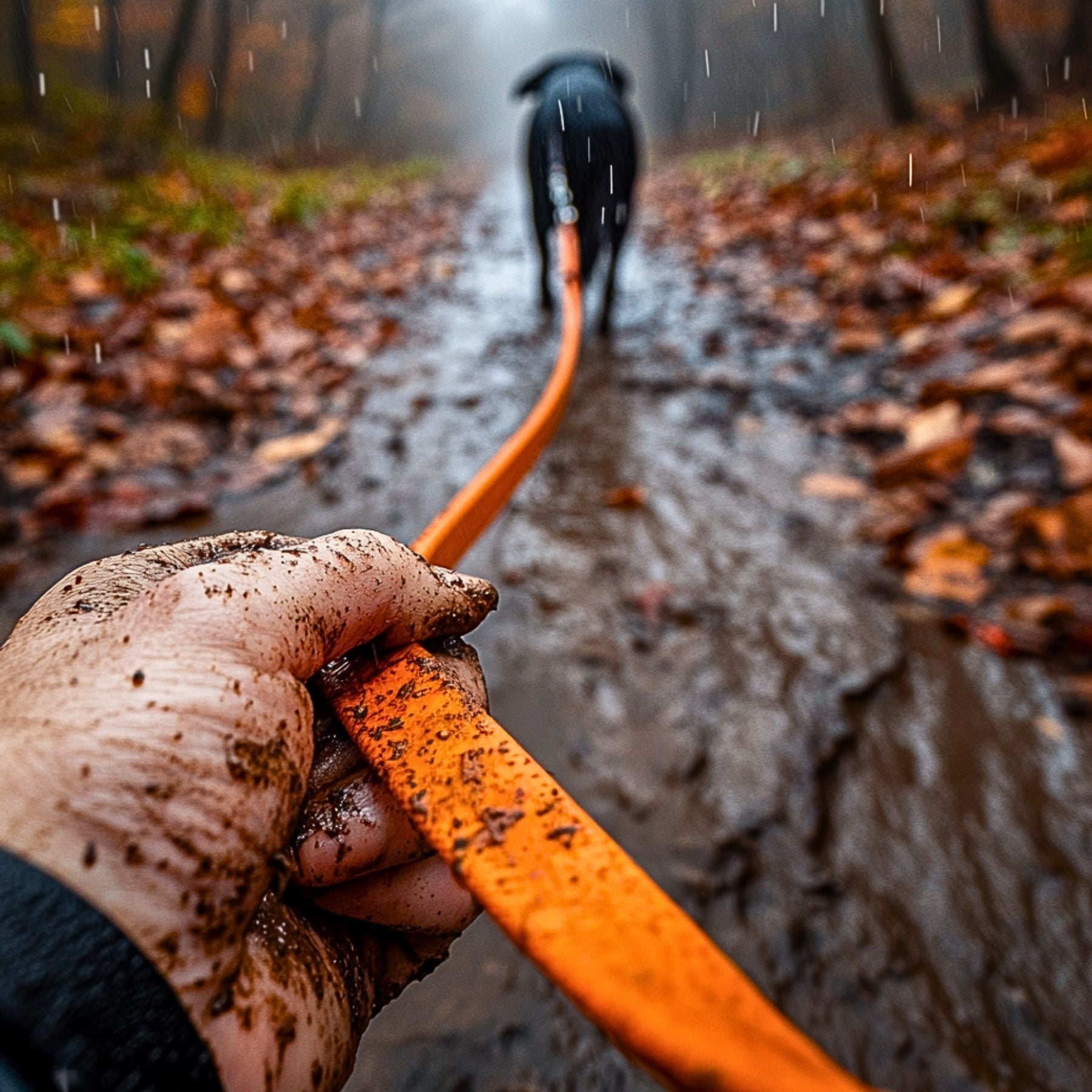
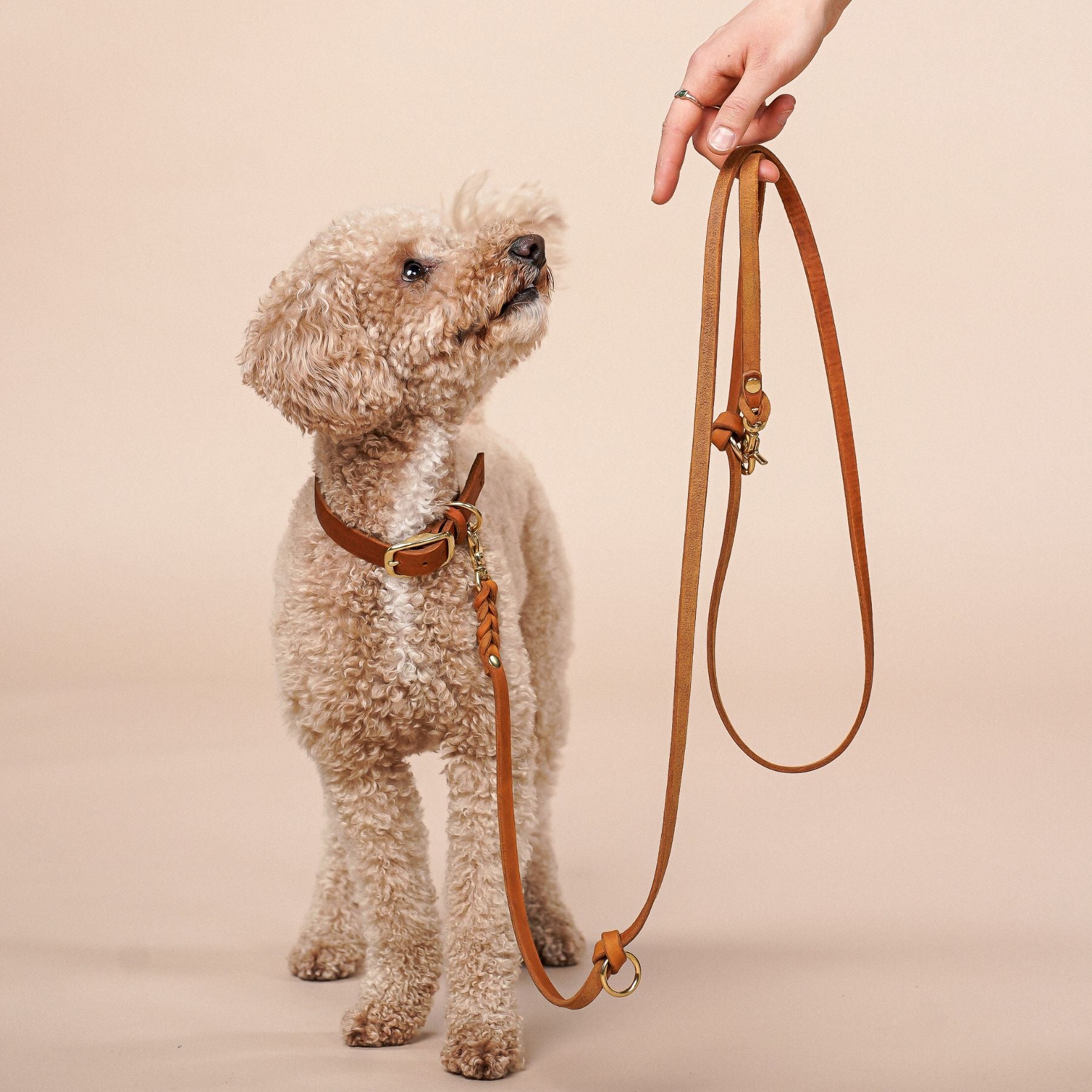
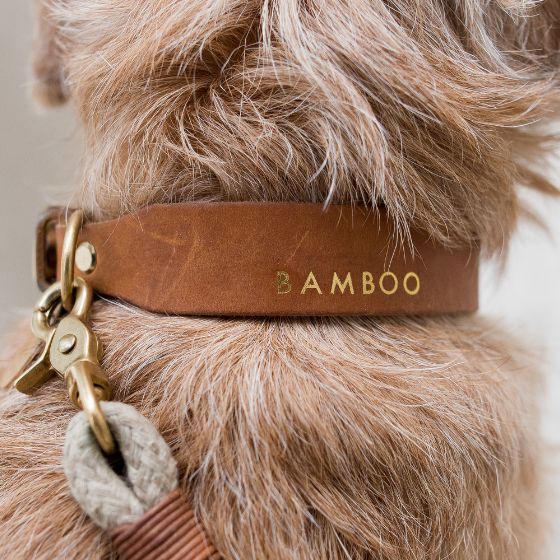

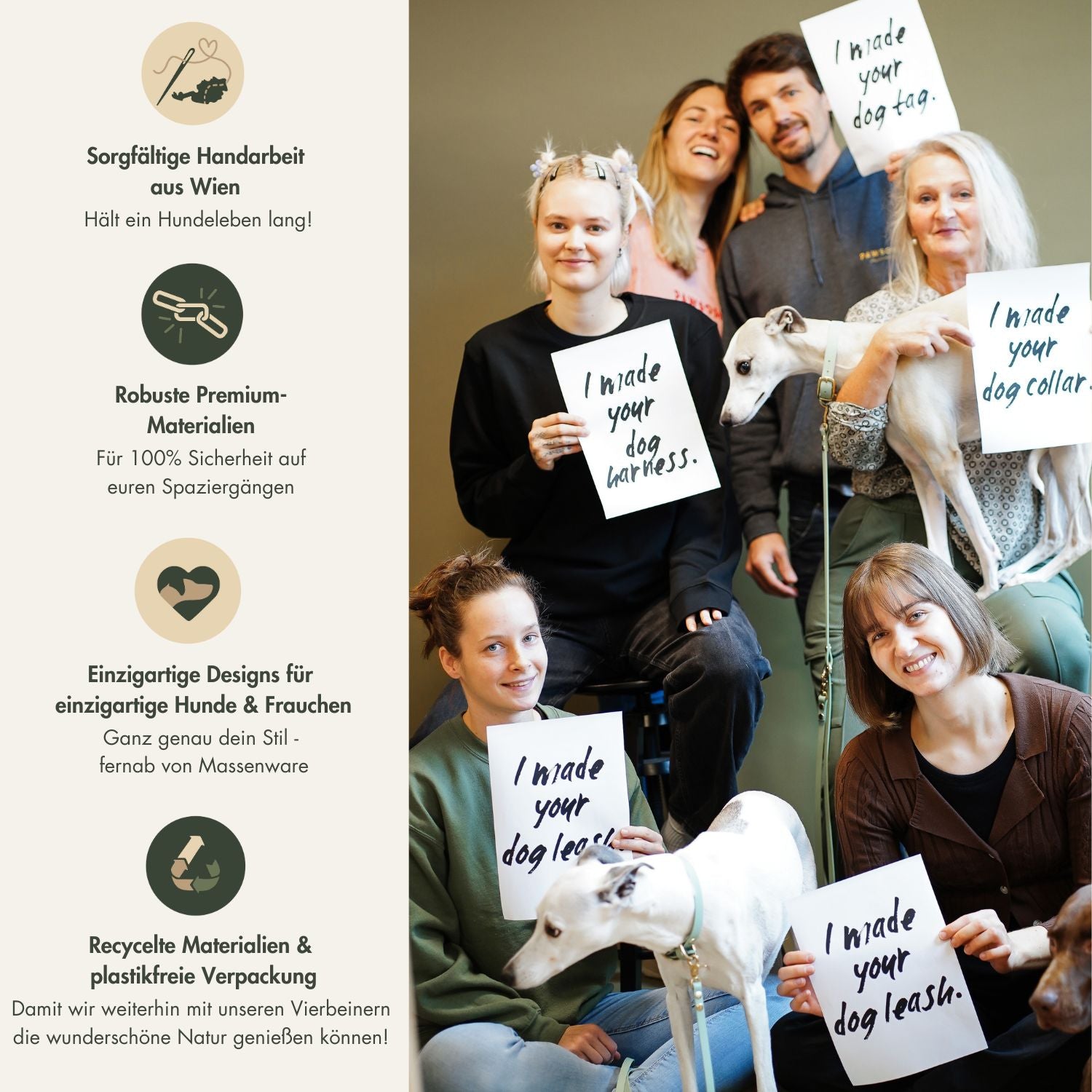
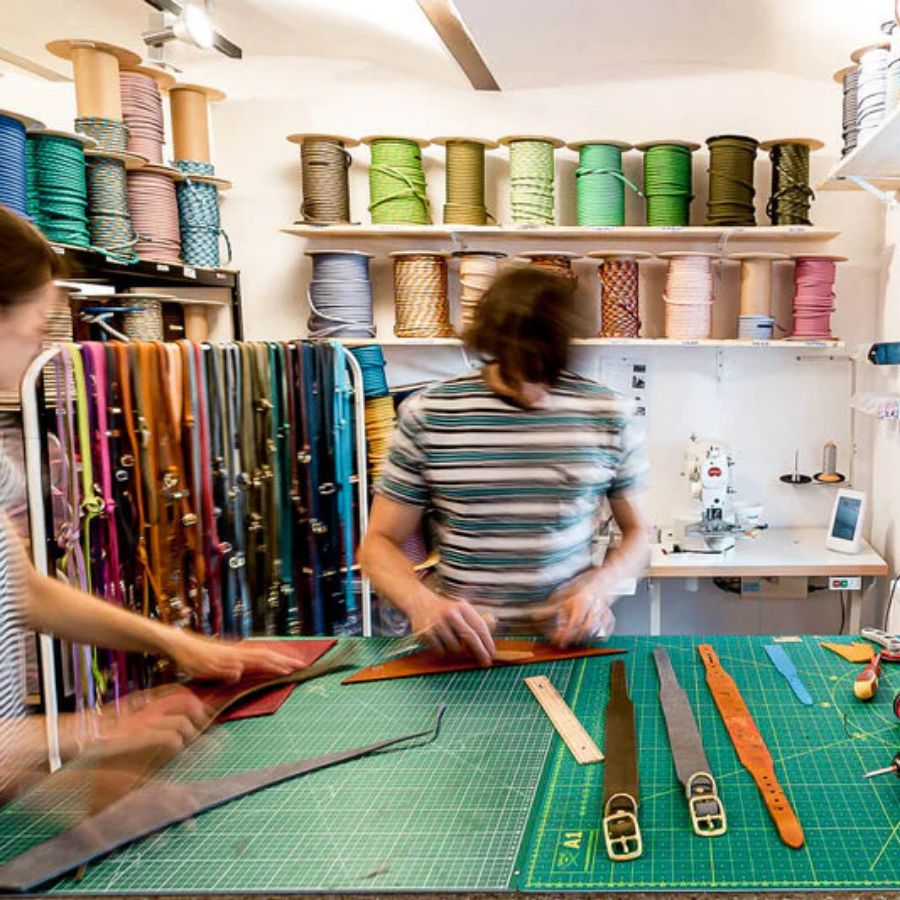
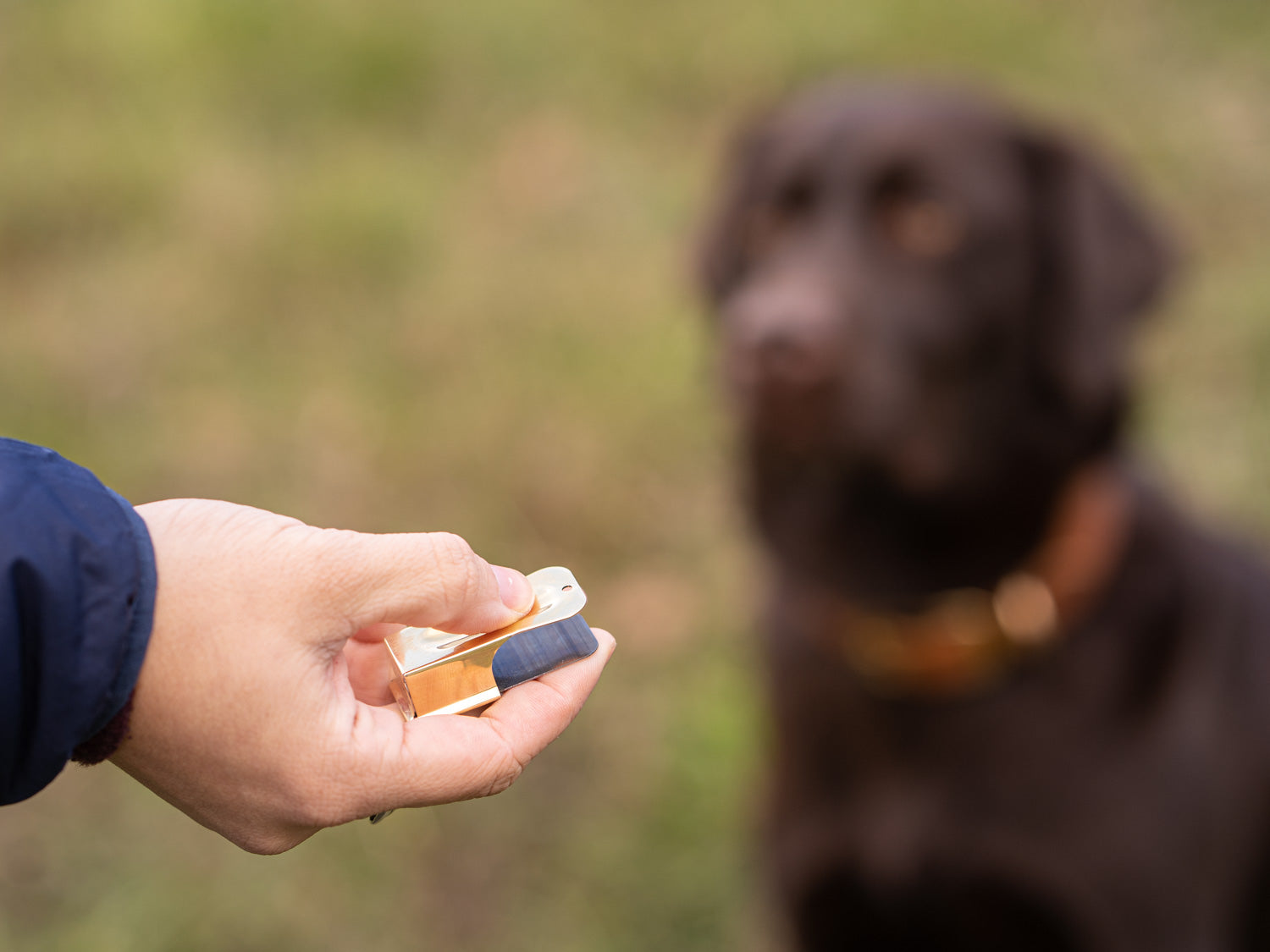
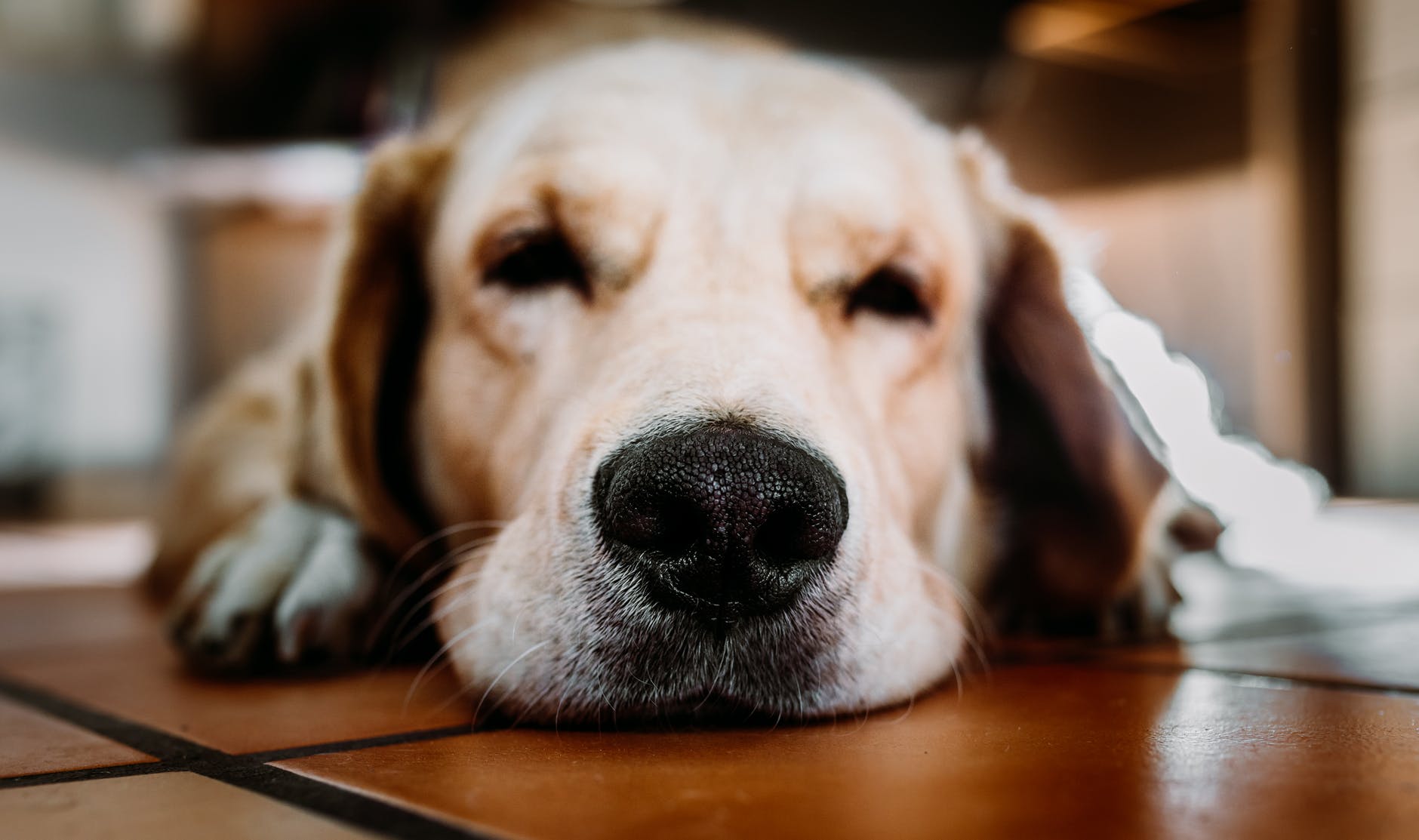
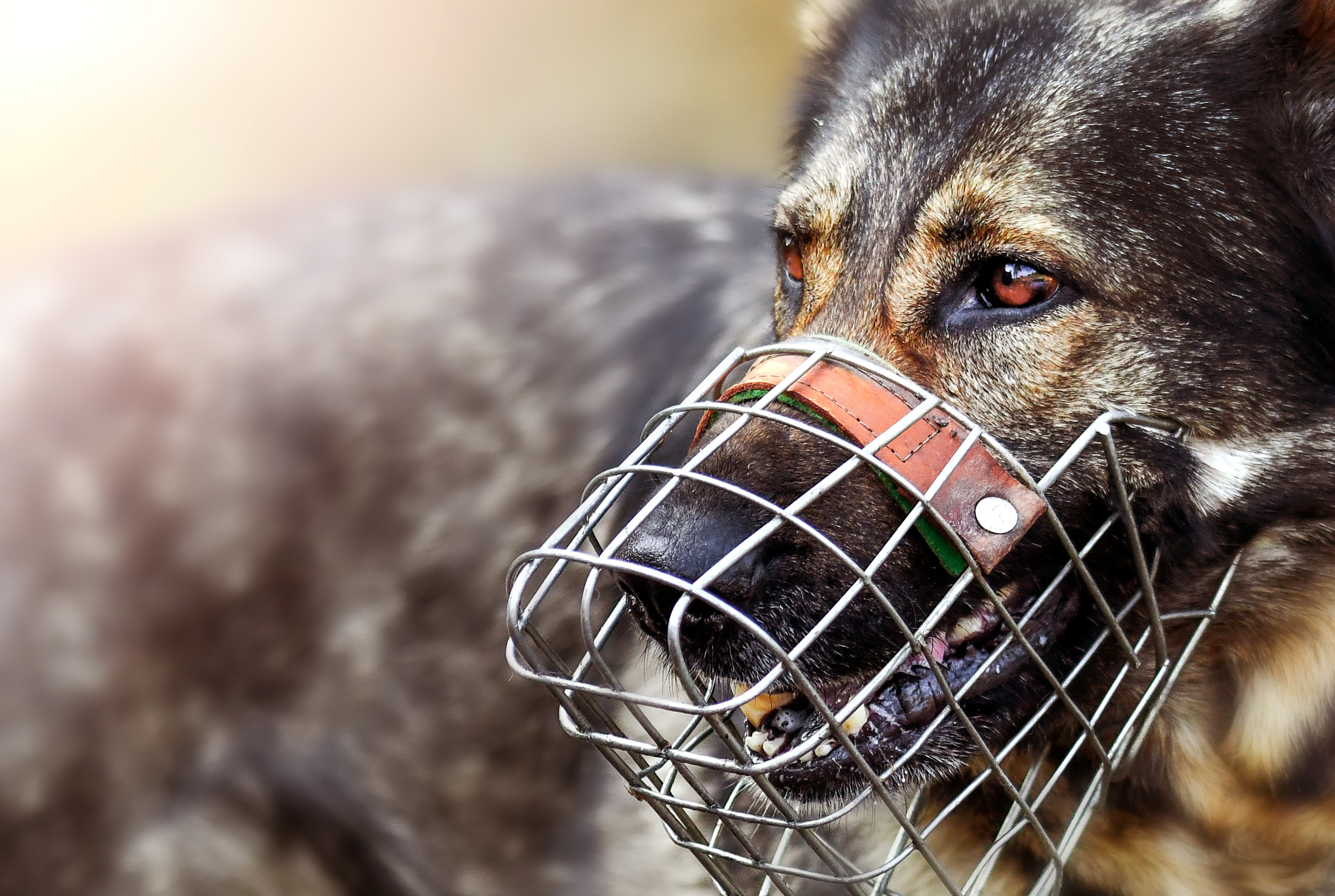

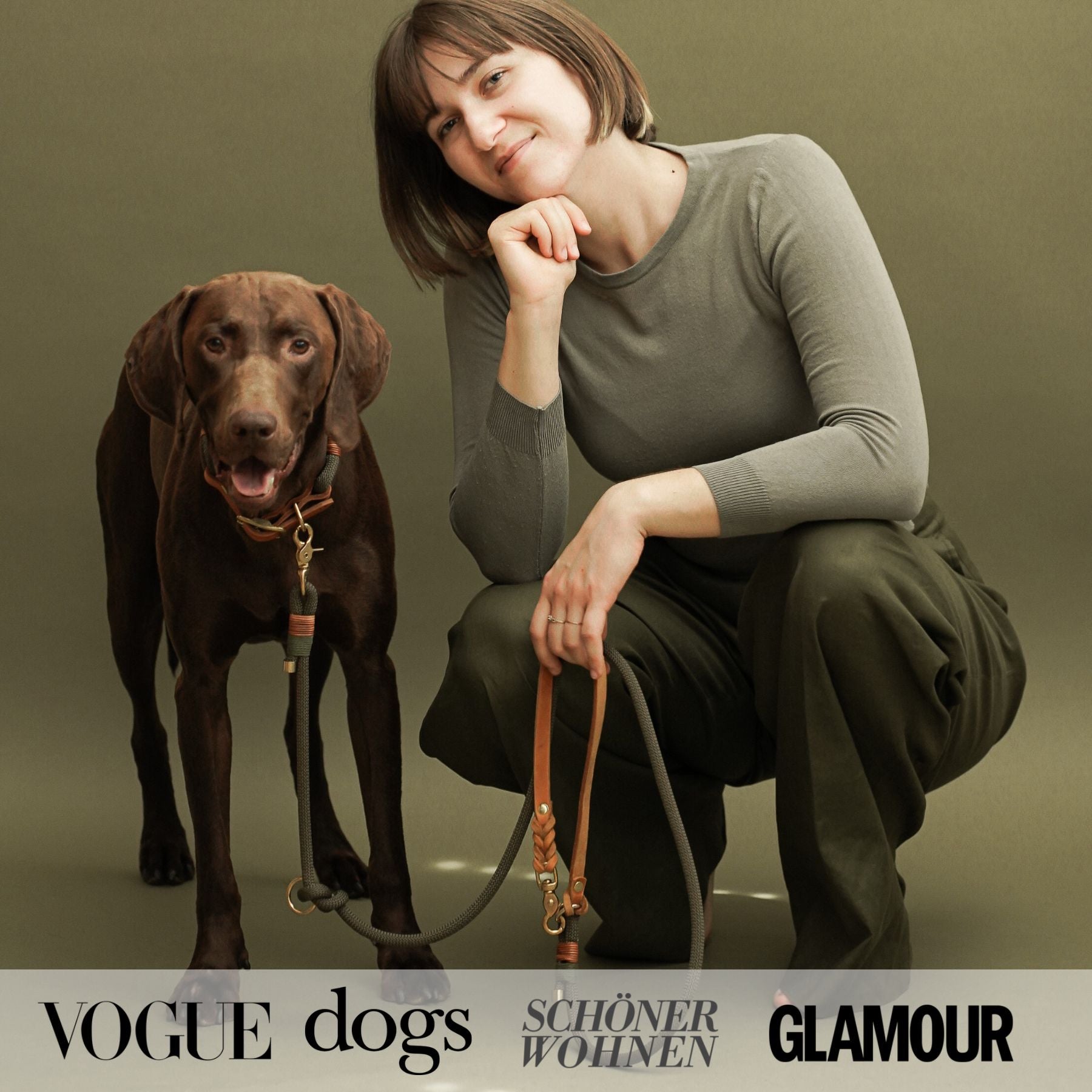
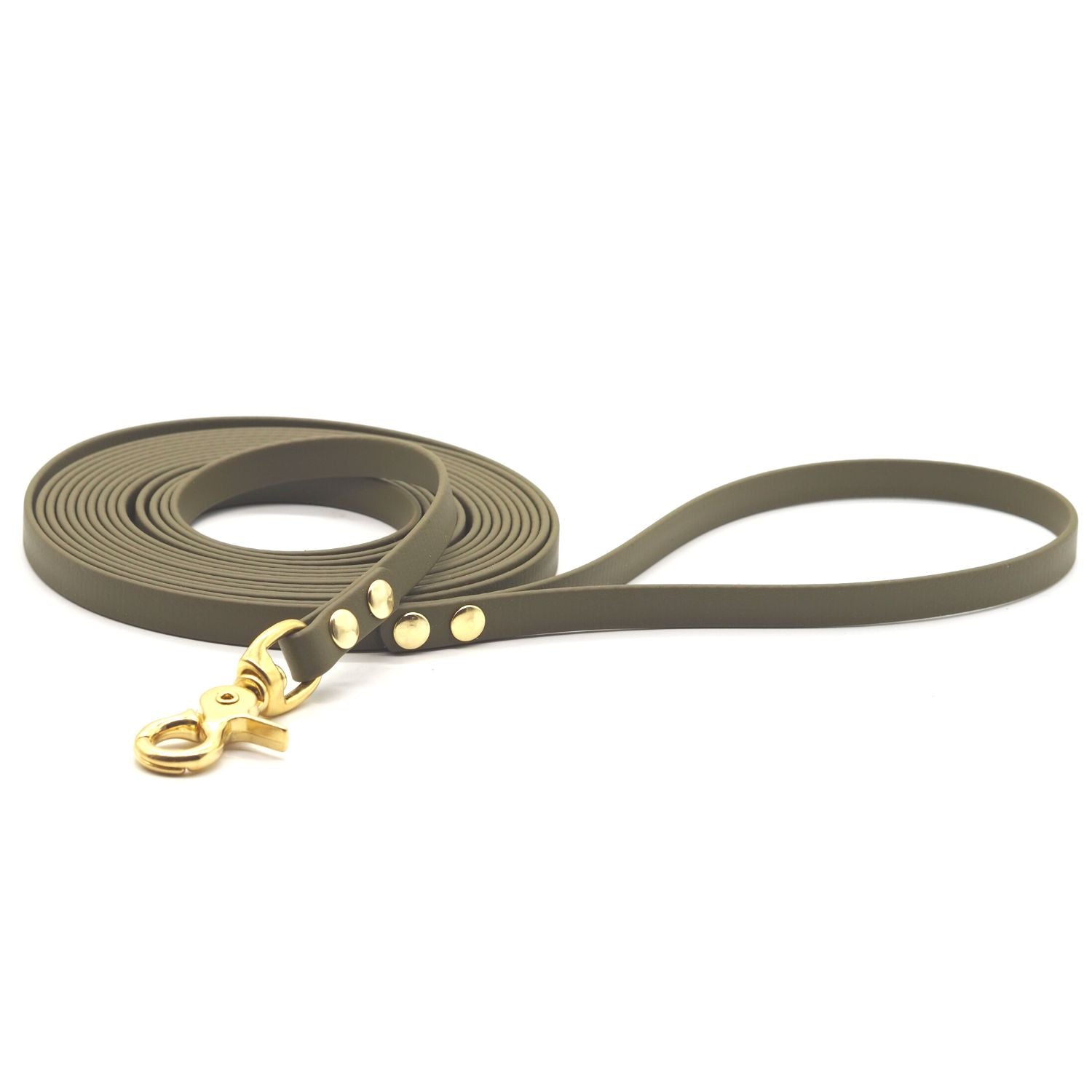


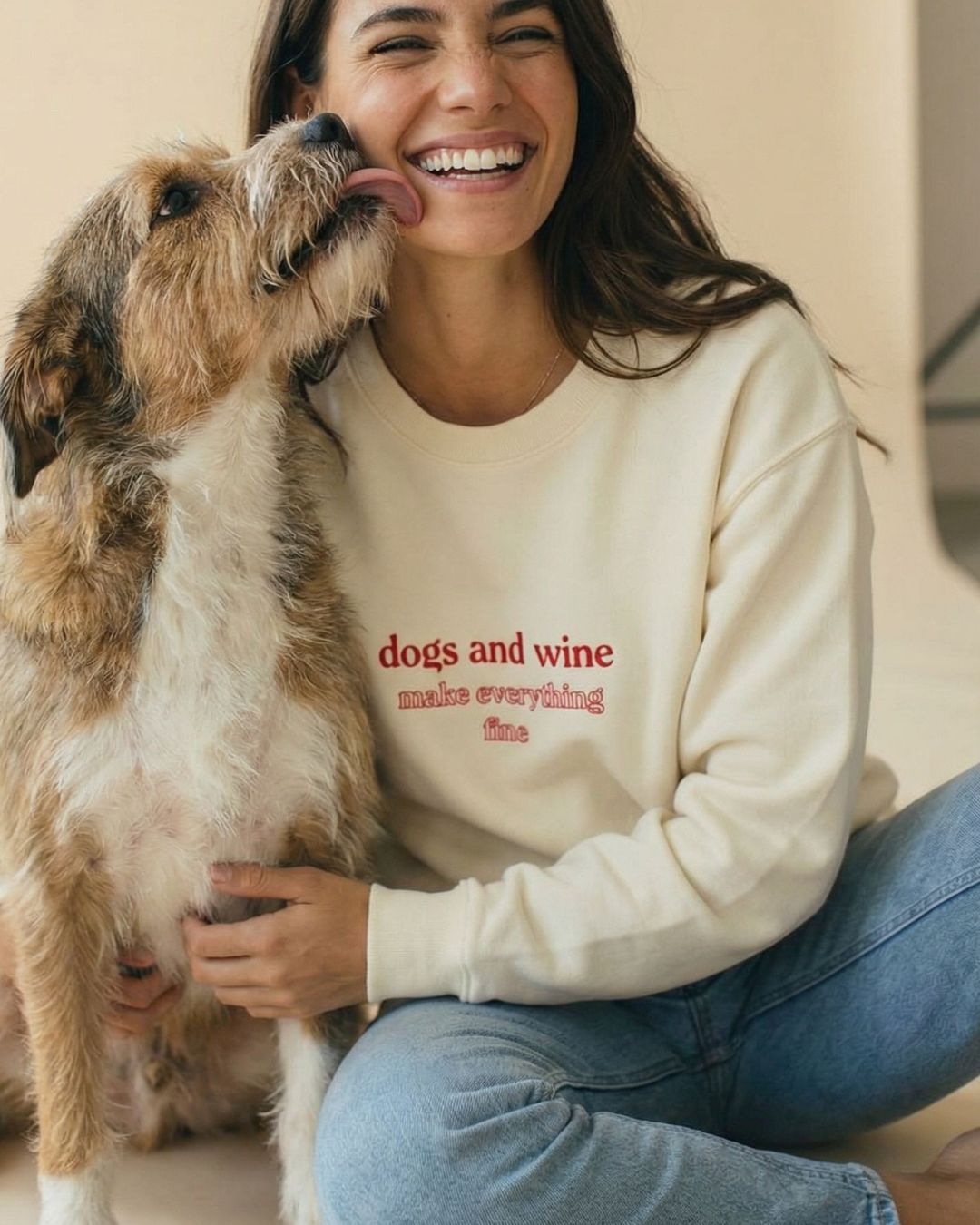

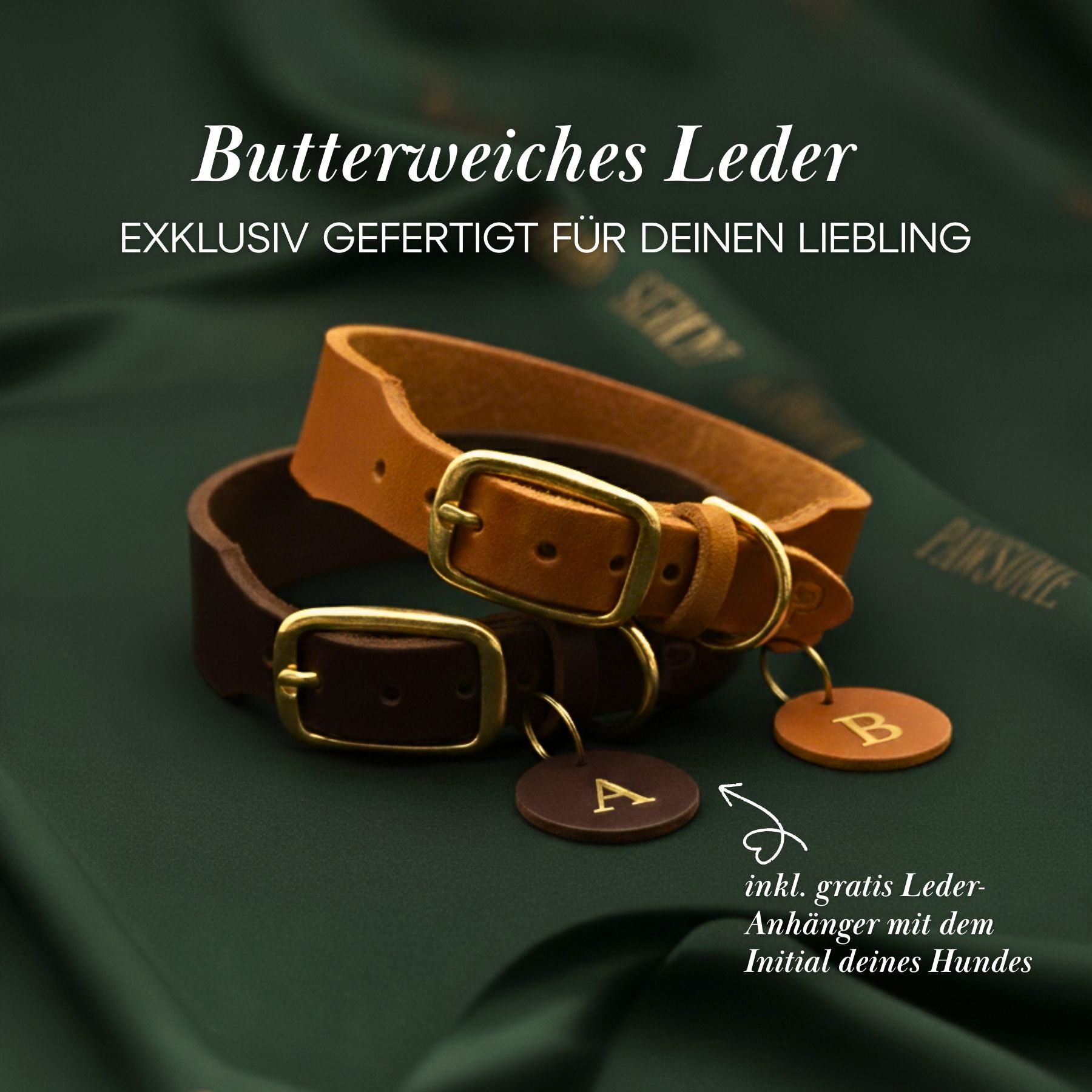

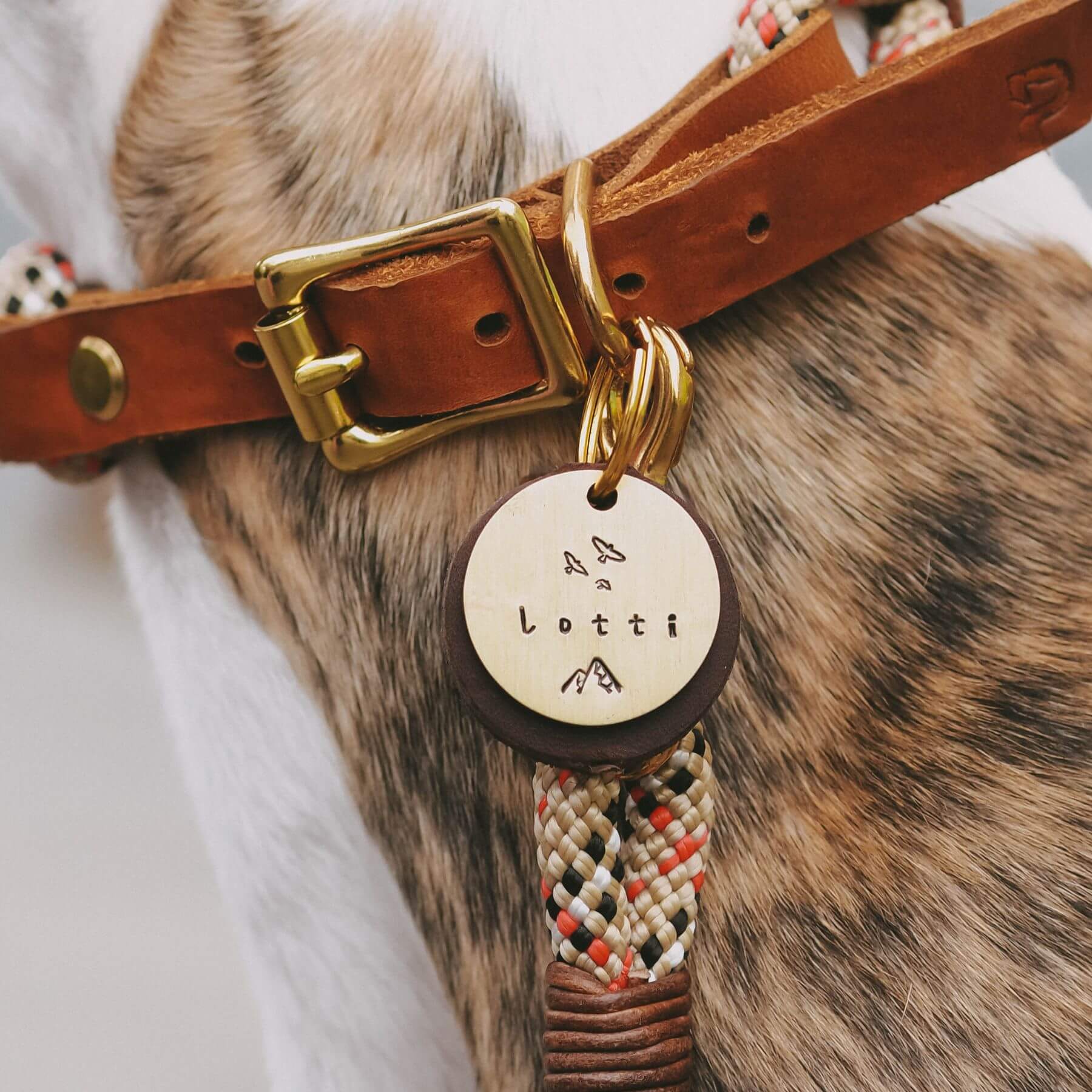
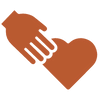
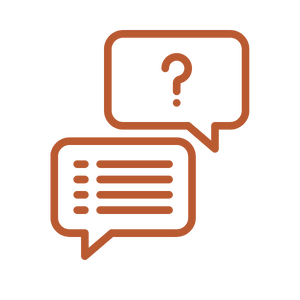

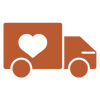
Leave a comment
All comments are moderated before being published.
This site is protected by hCaptcha and the hCaptcha Privacy Policy and Terms of Service apply.